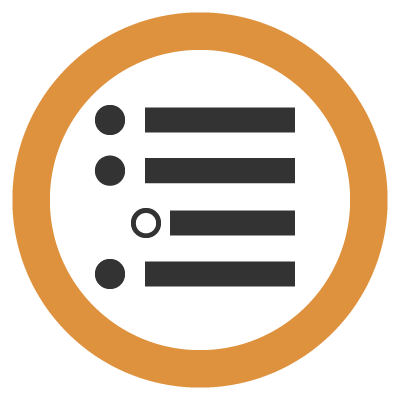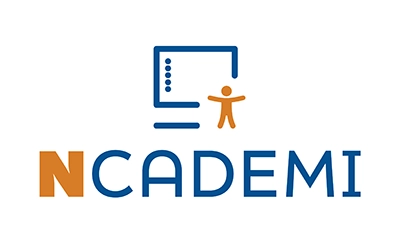Lists

Overview
Lists are a way to organize information to make information easier to read and understand. They can be bulleted (•) for items that don’t need to be in order, or numbered (1, 2, 3…) when the order matters.
Why Lists Matter
Creating accessible lists helps students quickly understand and remember key information. They break content into clear, manageable parts, which is especially helpful for learners with attention or processing challenges. When lists are created correctly using the bulleted or numbered list tools, screen readers will announce how many items are in lists and make it easy for students to navigate by each item in the list.
Tips for Success
- Use bullets for unordered items and numbers for steps or sequences.
- Keep items short and clear—aim for one idea per line.
- Start each item with the same part of speech.
- Use proper list formatting tools—avoid creating lists manually with symbols and the space bar or tab key.
Lists Applied: Successful Science Labs
Ms. Nguyen, a 4th grade science teacher, noticed that some students were struggling with her lab instructions, so she began using lists in her Canvas course instructions. She used bulleted lists in to outline materials that the students needed to gather at the start of each lab, such as:
- Safety goggles
- Beakers
- Thermometers
- Lab notebooks
She then used numbered lists to break down the lab procedures into clear, step-by-step instructions.

One student who benefitted significantly from this change was Aiden, who has ADHD. In the past, Aiden often forgot materials or skipped steps when instructions were buried in paragraphs. With the new format, he could check off materials as he collected them and follow each step in order.
